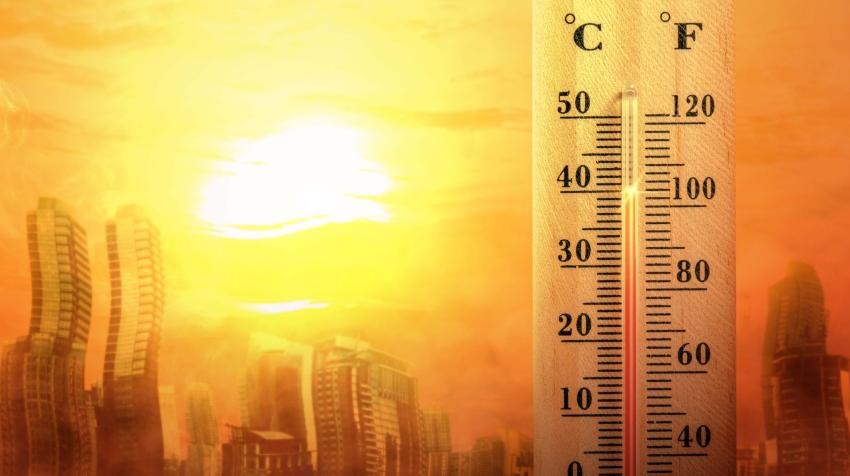“The impacts of weather and climate are most clearly felt during extreme events such as heavy rain and snow, droughts, heatwaves, cold spells, and storms, including tropical storms and cyclones. These meteorological and climatological extremes, individually, in combination and in conjunction with other factors, can lead to other events (…) Together, these have a wide range of impacts on human and natural systems,” warned the State of the Global Climate 2022 which was published in April 2023 by the World Meteorological Organization.
The publication stated, “China had the most extensive and long-lasting heatwave since national records began, extending from mid-June to the end of August and resulting in the hottest summer on record.” Extreme hot weather is expected to be more frequent and intense especially in the Hong Kong Special Administrative Region, and its impacts will be exacerbated due to the urban heat island phenomenon in such a high-density city. In particular, older adults are more vulnerable due to the decline in their physiological functions and responses.
To address these challenges, the Chinese University of Hong Kong, a member institution of the United Nations Academic Impact (UNAI), started an innovative project to incorporate scientific knowledge about extreme heat and its various impacts on the elderly into response actions for different sectors through an interdisciplinary approach. The project brings together experts from several local universities and academic fields, as well as stakeholders such as the government, construction practitioners, and service providers.
The research project is structured in three areas. The first area focuses on understanding rising temperatures and developing high-resolution climate data. The second area puts the lens on the built environment, thermal comfort, and the design of strategies for heat mitigation. Finally, the third area addresses elderly support services and public awareness. Results from questionnaires and focus group interviews with older adults and elderly service practitioners, show that there is generally a lack of heat-health public education in Hong Kong.
Moreover, the research findings on hospital admissions, mortality rate, thermal sensation, and mental well-being concluded that the temperature threshold for older adults was 28–30°C, commonly recorded during the peak summer period from June to August in Hong Kong. Professor Edward Ng, project leader, highlighted the deep gap between the self-reported thermal sensation by older adults and the threshold. “When older adults felt hot, we might have already missed the best time to protect them from extreme heat,” he mentioned.
To safeguard the health and well-being of older adults under extreme heat, precautions and timely treatment interventions are critical. To fill the gap and build on heat adaptive capacity, the team disseminated educational materials, including videos, leaflets, and simple warning graphics for social media, and gave health talks to older adults. All these educational resources and activities reached over 1,200 community members and more than 400 elderly community centers for their further distribution to raise public awareness and preparedness.
The project team also informed about the health consequences of extreme hot weather through media coverage. Professor Edward Ng emphasized the need to improve the built environment to mitigate the heat for long-term sustainable and healthy urban living. “For units with certain design features, the indoor temperature can be higher than the outdoor temperature in our city,” Professor Ng commented. Based on simulations using future climate datasets, the project team formulated strategies to assist practitioners through better building design and urban planning.
Hourly climate datasets for typical summer and extreme hot summer conditions under different greenhouse gas emissions scenarios have been generated and made available to the building industry for building performance modelling and thermal comfort evaluation. Regarding outdoor conditions, the project developed daytime and night-time heat risk maps to assess the exposure and vulnerability to extreme hot weather. They identified higher heat risk areas to help policymakers and NGOs prioritise heat mitigation plans and community support services.
For example, creating ‘cool’ spots and optimizing the design of parks and public spaces with better-shaded environments would be part of the solution. Given its findings, the project team recommended enhancing the weather forecasting system with special alerts on prolonged heat and extremely high temperatures to encourage preventative measures. The team, whose project is supported by the Research Impact Fund from the Hong Kong Research Grants Council, received renewal funding to extend its work to study extreme cold weather and formulate recommendations.




